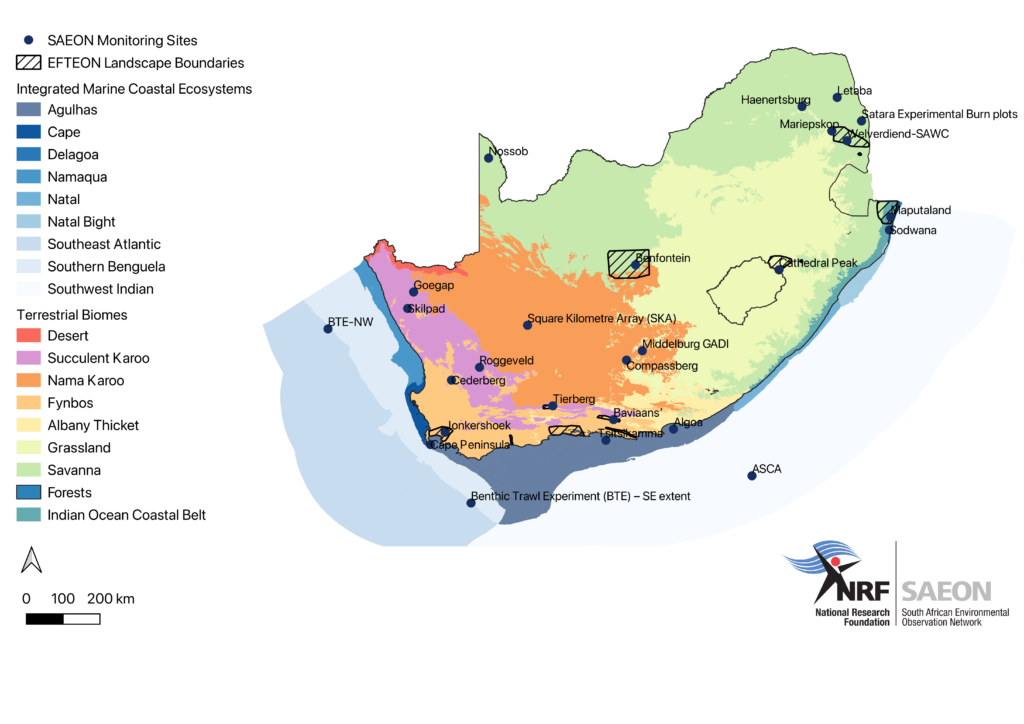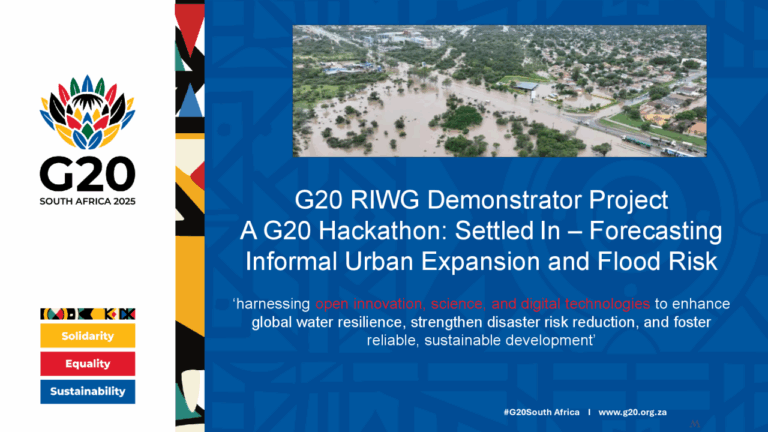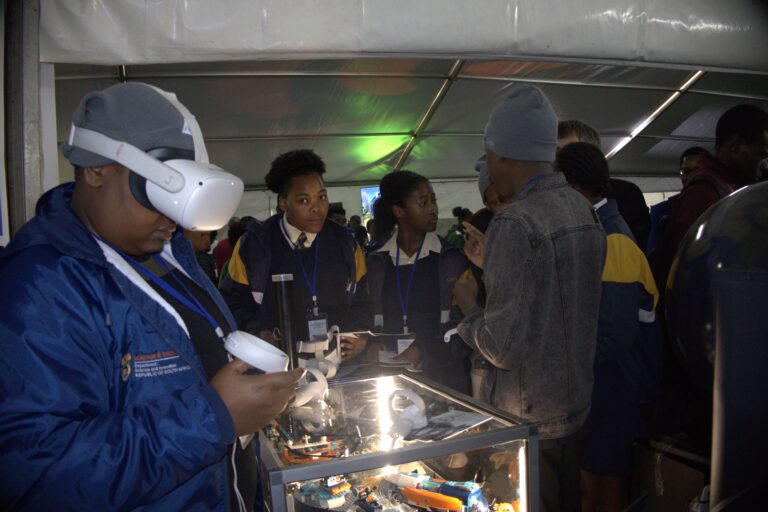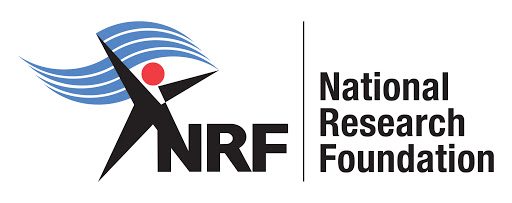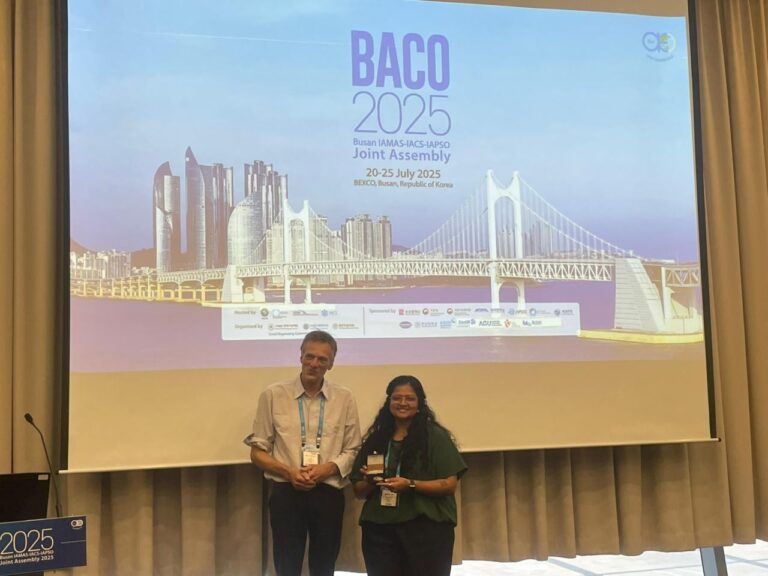
SAEON/SAPRI researcher wins international award for groundbreaking Antarctic sea ice study
Riesna R. Audh, an early career researcher from NRF-SAEON/SAPRI, was awarded the prestigious IAPSO Eugene La Fond Medal at the 2025 BACO Joint Assembly in South Korea. Her PhD research revealed unexpected biogeochemical activity in Antarctic winter sea ice—challenging long-held assumptions and showcasing South Africa’s leading role in polar science.

